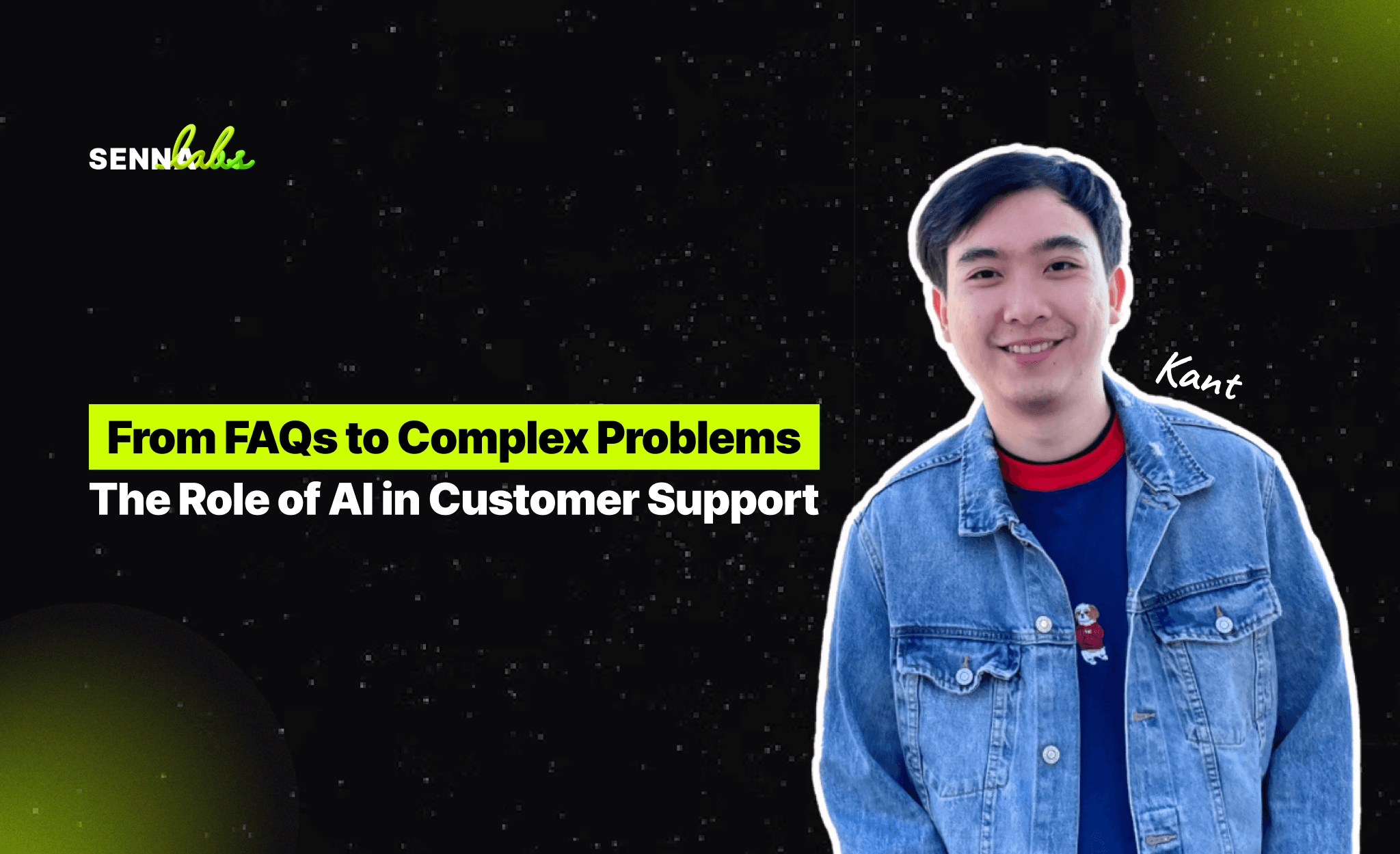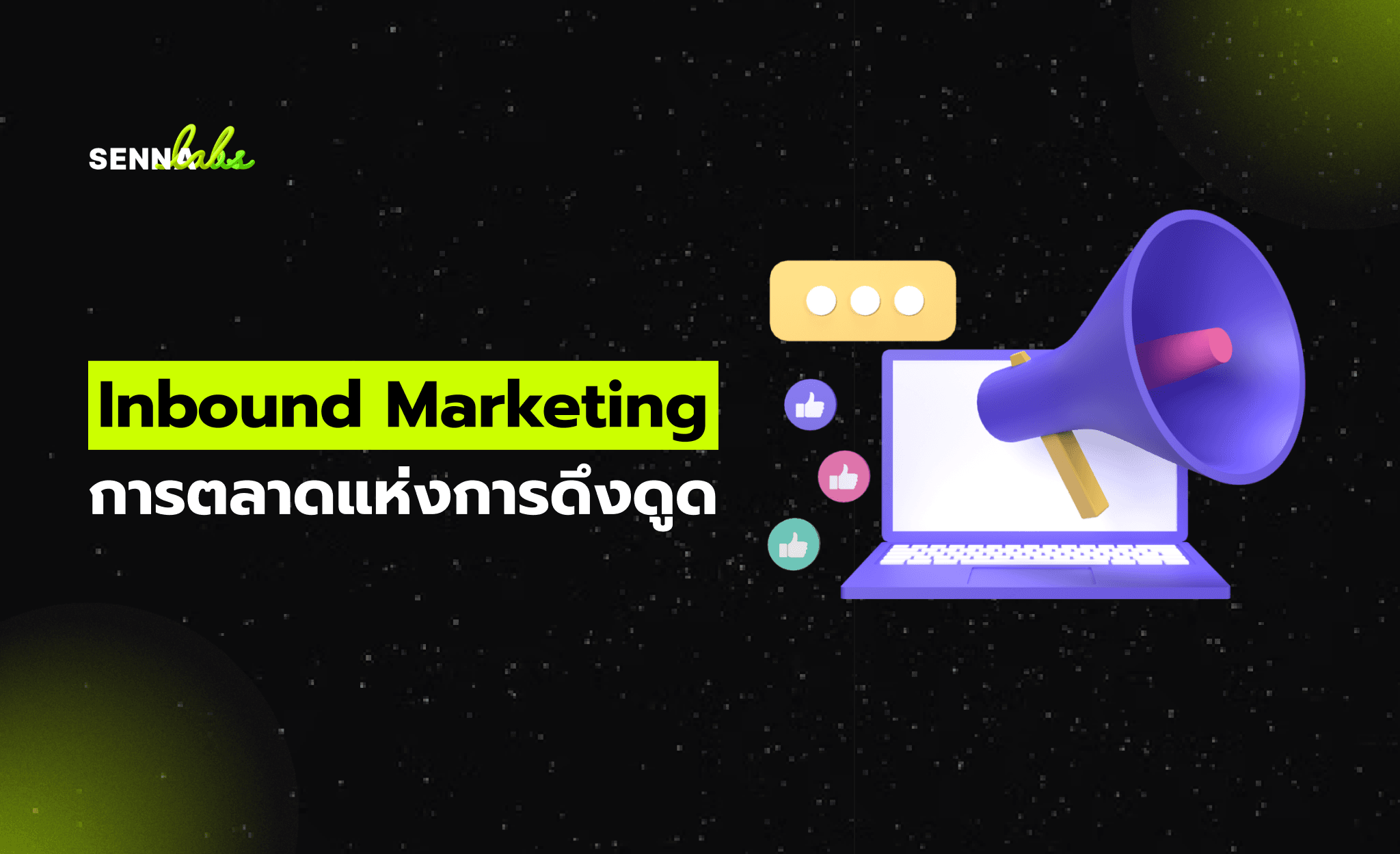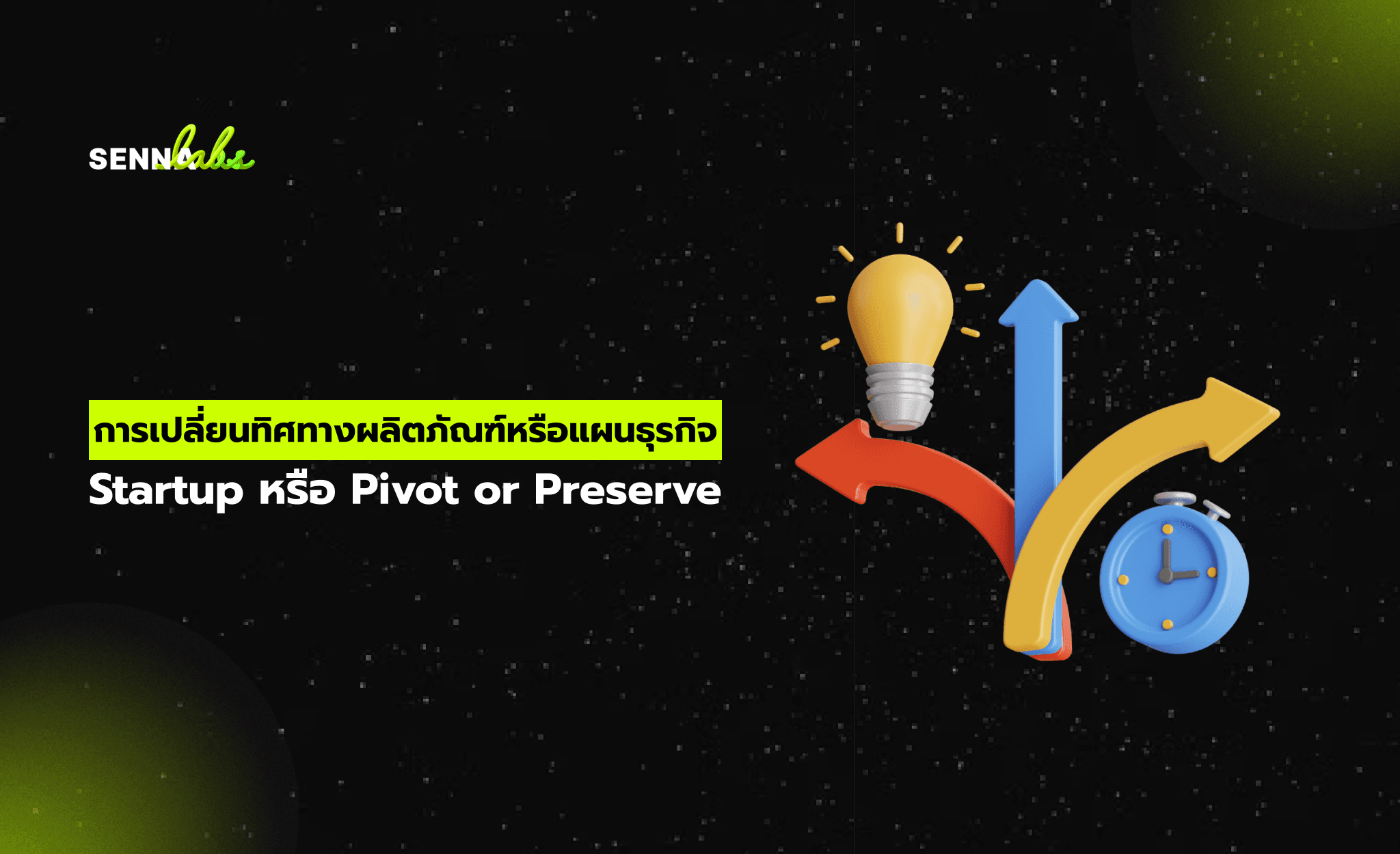From FAQs to Complex Problems: The Role of AI in Customer Support"
Share

In the age of digital-first experiences, customer support has become a vital component of a business's success. Companies need to address customer inquiries quickly and efficiently while offering personalized and empathetic solutions for more complex problems. To achieve this, many e-commerce platforms have adopted a hybrid approach that combines the capabilities of chatbots and AI agents.
This article explores the roles of chatbots and AI agents in revolutionizing customer support and highlights their complementary strengths through a practical e-commerce use case.

What Role Do Chatbots Play in Customer Support?
A chatbot is a rules-based tool designed to answer predefined customer questions. Its simplicity makes it an excellent choice for high-frequency, repetitive queries.
For instance, in an e-commerce platform, chatbots can handle:
-
Order Tracking: Customers can ask, “Where is my order?” and receive instant updates based on shipping data.
-
FAQs: Questions like “What are your return policies?” or “Do you offer free shipping?” can be resolved without human intervention.
-
Basic Troubleshooting: Simple steps for resolving login issues or payment errors can be provided through scripted pathways.
Chatbots work around the clock, offering immediate responses to these types of questions, significantly reducing the burden on customer support teams.
What Sets AI Agents Apart?
An AI agent operates at a more advanced level than a chatbot. It is equipped with machine learning, natural language understanding, and predictive analytics to solve complex customer problems dynamically. AI agents can:
-
Handle Complicated Issues: They step in when queries involve multiple variables, such as product defects or refunds.
-
Predict Problems: By analyzing past customer behavior and patterns, AI agents can anticipate potential issues before they escalate.
-
Provide Tailored Solutions: They offer personalized resolutions based on customer preferences and history.
Unlike chatbots, AI agents are adaptive. They learn from interactions and continuously improve their performance, making them invaluable for scenarios requiring deeper insights and empathy.
E-Commerce Use Case: Chatbots and AI Agents in Action
Let’s illustrate the difference between chatbots and AI agents through a real-world example of an online store:
Step 1: Order Tracking with Chatbots
A customer, Mark, visits the e-commerce platform to check the status of his recent order. Instead of waiting on hold for customer support, Mark uses the website’s chatbot.
-
Mark types, “Where is my order?”
-
The chatbot instantly retrieves his tracking number and informs him that his package will arrive the next day.
For simple inquiries like this, the chatbot provides a quick and satisfying solution.
Step 2: Handling Product Complaints with AI Agents
However, Mark’s package arrives, and the product is defective. He contacts the platform again, but this time his issue requires deeper analysis and resolution.
Here’s how the AI agent steps in:
-
Dynamic Issue Analysis: Mark describes his problem, saying, “The headphones I ordered aren’t working.” The AI agent analyzes his account, retrieves the order details, and verifies the product warranty.
-
Empathy and Personalization: Recognizing the urgency, the AI agent suggests solutions tailored to Mark, such as a replacement or a refund.
-
Proactive Escalation: If the issue involves a broader defect affecting multiple customers, the AI agent flags it to the quality control team for further investigation.
-
Seamless Execution: Mark chooses a replacement, and the AI agent processes the exchange, schedules a return pickup, and keeps him updated at every step.
In this scenario, the AI agent goes beyond providing information to actively resolving Mark’s issue with minimal friction.
Key Differences: Chatbots vs AI Agents
-
Scope of Tasks: Chatbots are limited to responding to predefined, straightforward questions, while AI agents manage multi-faceted, unpredictable issues.
-
Problem-Solving Abilities: Chatbots deliver answers; AI agents offer resolutions.
-
Personalization: AI agents leverage user data to provide tailored solutions, whereas chatbots rely on scripted responses.
-
Adaptability: AI agents learn and improve from interactions, while chatbots remain static in their capabilities.
Why This Combination Works
By integrating chatbots and AI agents, businesses can provide a seamless, layered customer support experience.
-
Efficiency: Chatbots handle high-volume queries instantly, reducing wait times for customers.
-
Effectiveness: AI agents address complex problems and offer empathetic solutions that meet individual needs.
This combination not only improves customer satisfaction but also reduces the workload for human support teams, allowing them to focus on high-priority cases that require human judgment.
Conclusion:
The use of chatbots and AI agents is transforming customer support in e-commerce. While chatbots shine in answering FAQs and performing basic tasks like order tracking, AI agents excel at resolving nuanced issues, predicting potential problems, and delivering personalized solutions. Together, they create a robust, efficient, and customer-centric support system.
As businesses compete to retain loyal customers, the strategic integration of these technologies will be crucial in ensuring that every customer interaction is fast, efficient, and memorable. The result? Happier customers, reduced operational costs, and a significant competitive edge in the market.

Share

Keep me postedto follow product news, latest in technology, solutions, and updates
Related articles
Explore all


